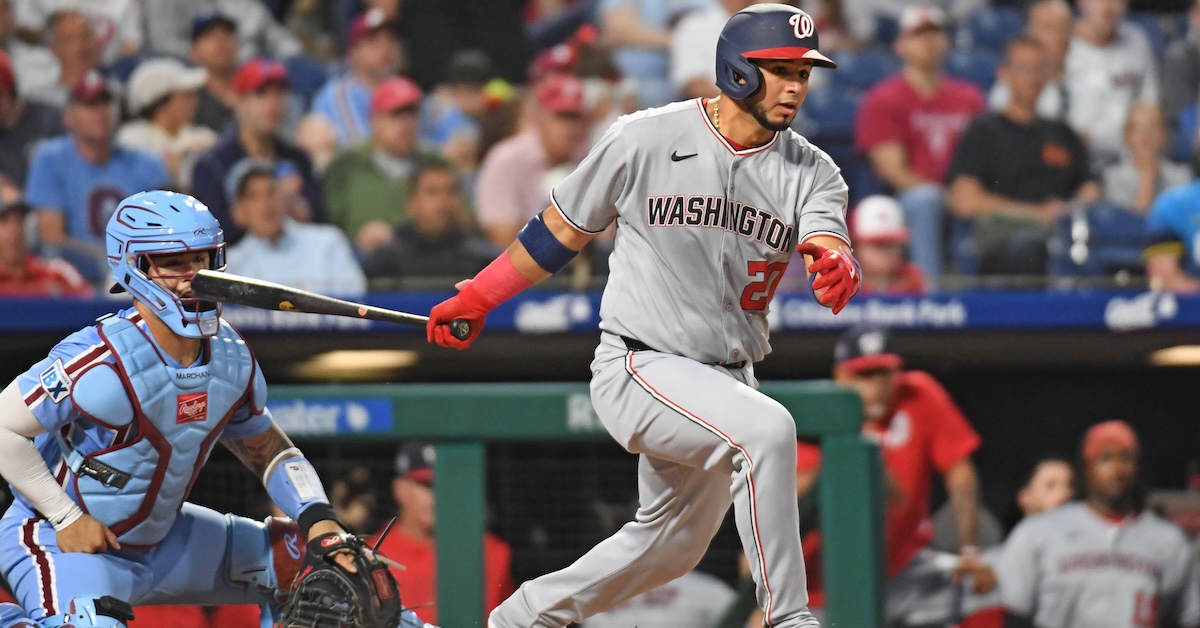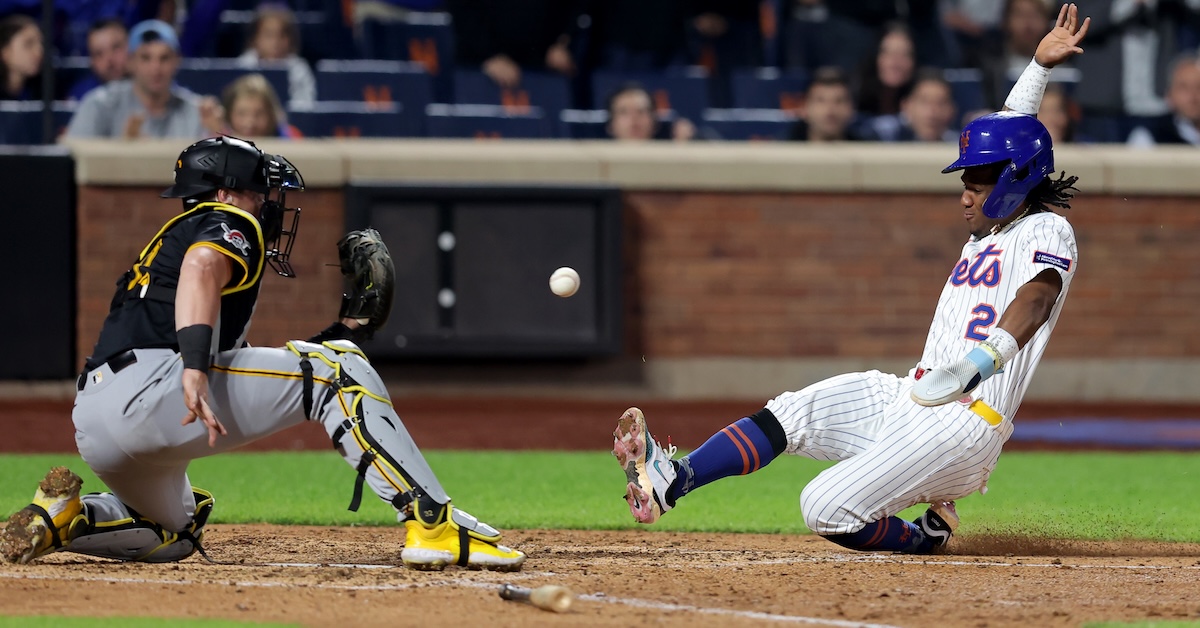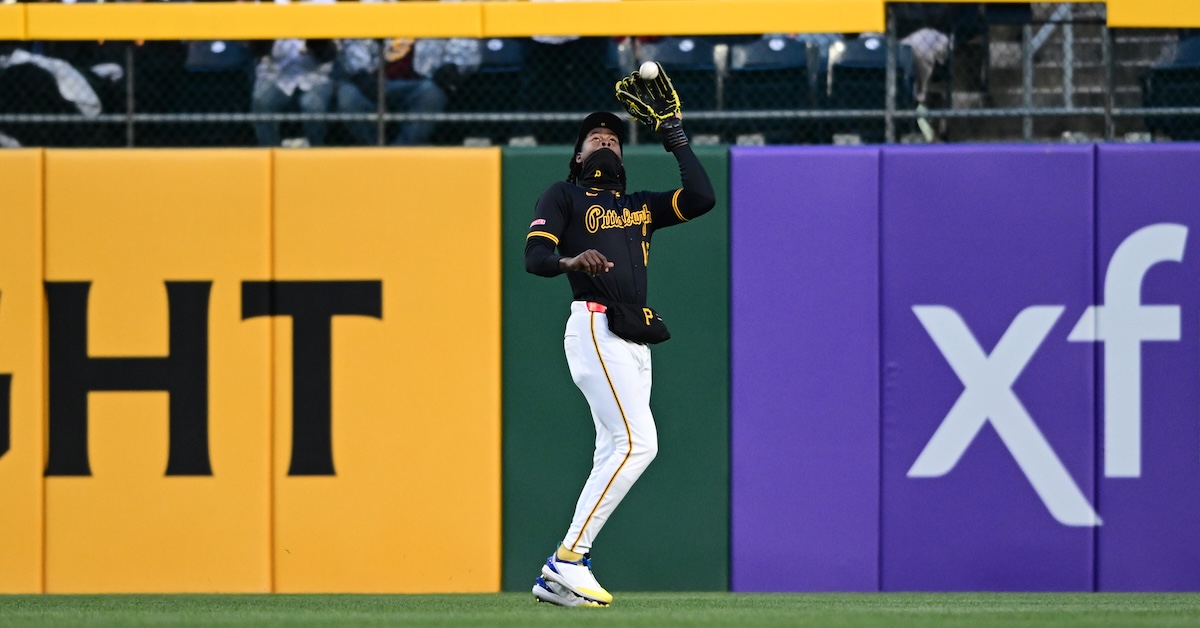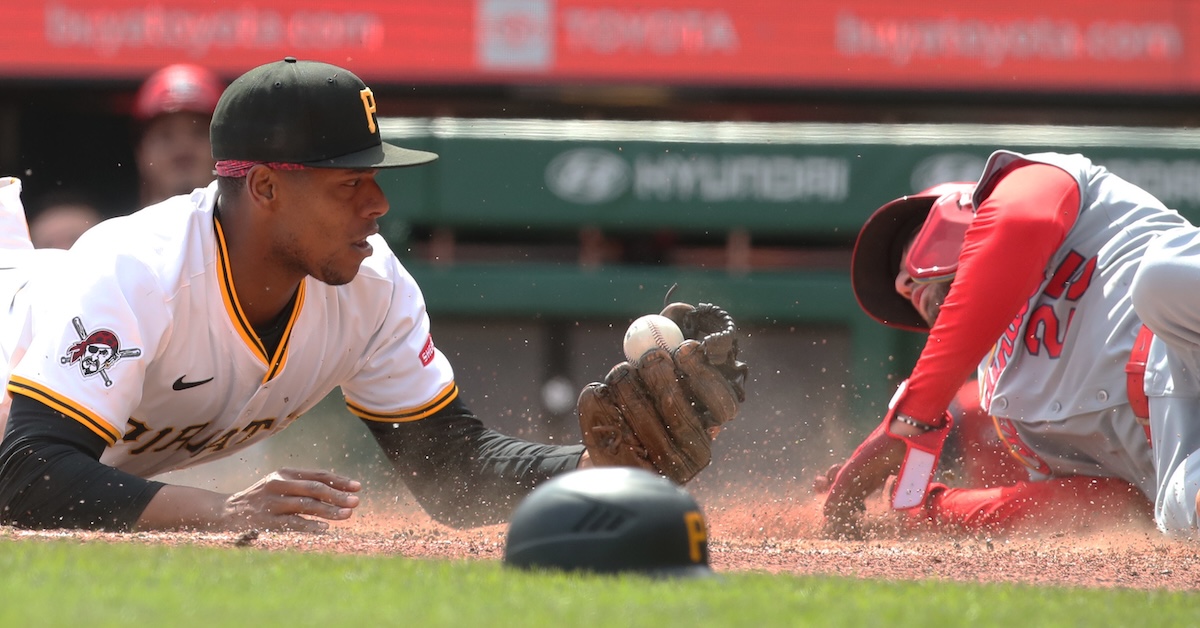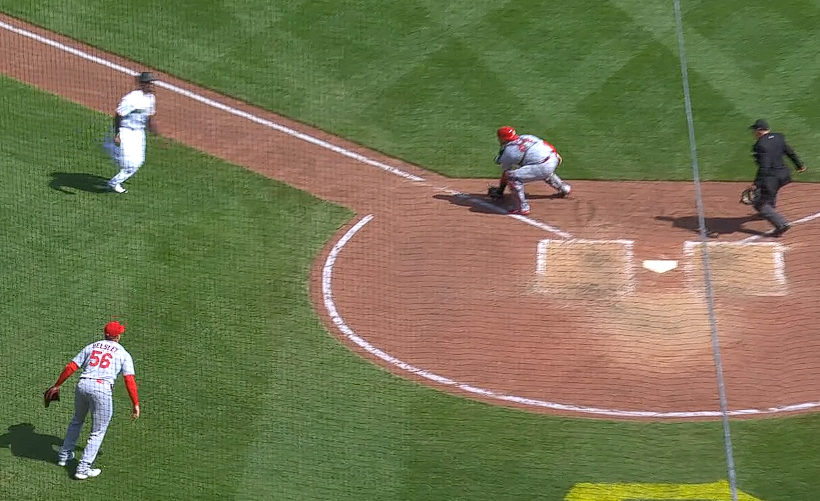When War Comes Easier Than Wins
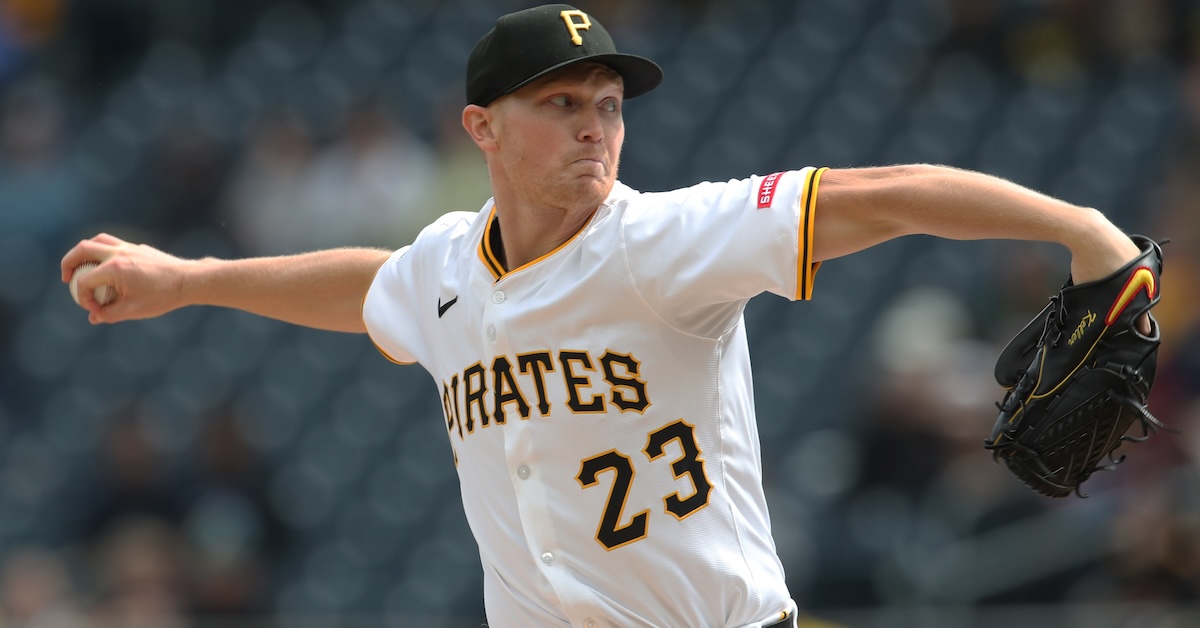
The Pirates beat the Phillies 2-1 on Sunday, and near as I can tell everyone was pissed about it. The Phillies, a would-be World Series contender, had just gotten swept by a team they’d been hoping to do some damage against, and dropped to 1-9 in their previous 10 games. The Pirates, for their part, had just gotten one over (three over, actually) on their intrastate rival, but Paul Skenes didn’t get the win.
The biggest, scariest pitcher in the league had gone 7 2/3 innings, allowing only one unearned run, but had left the game while it was tied in the top of the eighth. That left the NL Cy Young frontrunner with an ERA of 1.88 in 91 innings, but a record of just 4-6. Is it important for Skenes to get the win? Not exactly. But the incongruity between record and performance was just another reminder of how little support this disappointing team is giving the generational talent that had fallen into its lap.
Skenes is the class of the Pirates rotation, but he’s not the only talented pitcher the Bucs have. Even with Jared Jones and Johan Oviedo in the shop getting their elbows worked on, Mitch Keller is having a solid season. Keller is top 25 in the league in innings and WAR, and despite some indifferent strikeout numbers, he’s kept the ball in the yard and scratched out a 4.13 ERA — that’s a 100 ERA- on the dot — with a 3.27 FIP. Read the rest of this entry »


